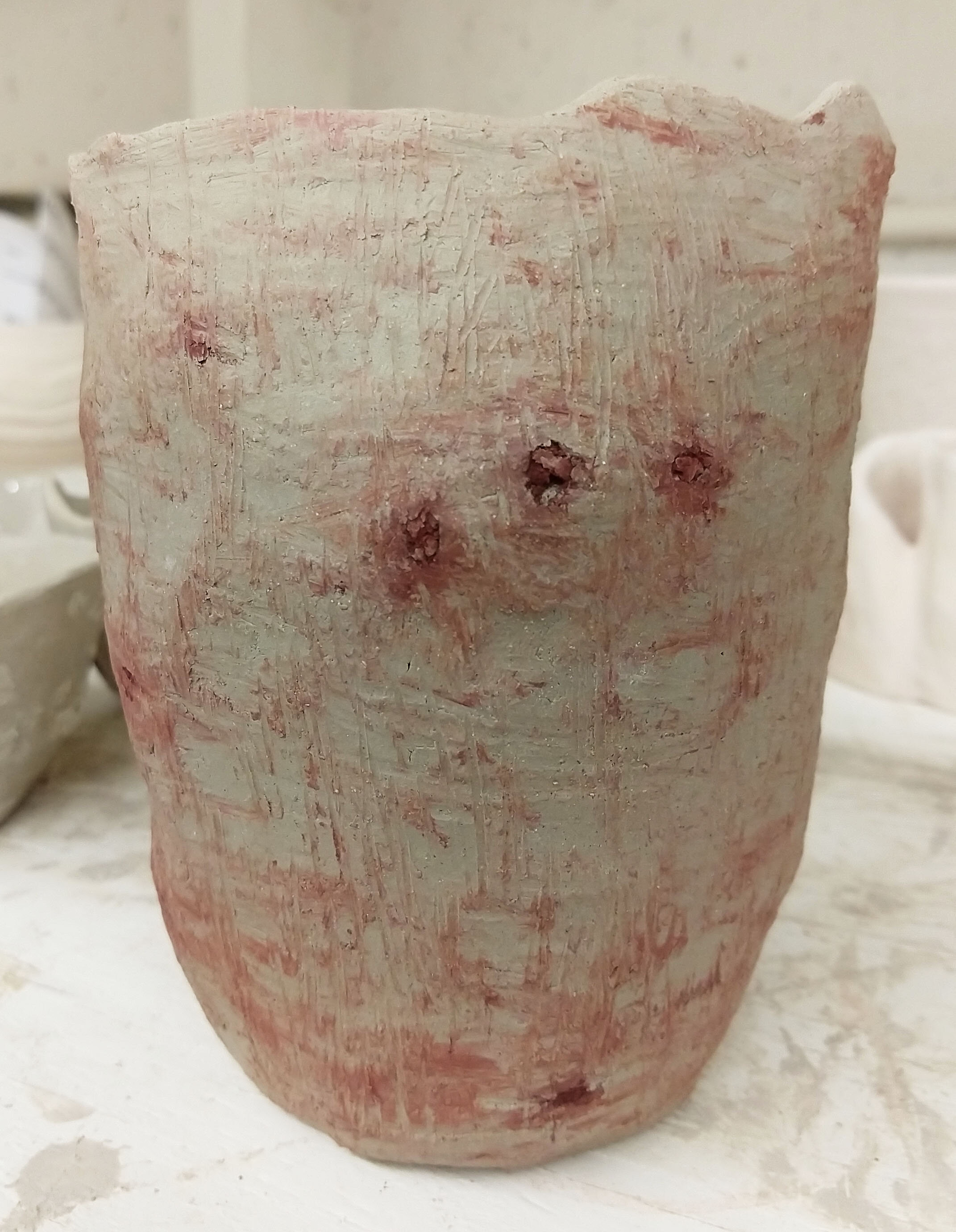Anosmia happens to be a relatively common symptom of COVID-19, so more people are talking about it of late. I was born with anosmia, which is the term for no sense of smell. (I mostly get by just fine in the world, and in fact I appear to have better color vision as a result, and perhaps my super-powered high-pitch hearing abilities are also related. I do have more exposure risk to toxic fumes, gas leaks, fires, and such, and spoiled food can also be more difficult to discern. My long-term memory is also negatively impacted. So it’s not something I necessarily recommend, but anosmia is and always has been a part of my life.)
One of the more frustrating things about not being able to smell, though, is that people who can smell conflate smell with taste ALL THE TIME. They are not the same sense. Words have meaning. For example, many “flavored” items in the market are in fact scented, which is very frustrating if you don’t in fact experience both because you waste time and money on discovering this inaccurate marketing language. Jolly Rancher candies, Starbursts, Skittles - their various colors and types (strawberry, cherry, orange, lemon, grape, etc.) all taste pretty much the same, and any differences in taste are typically not identifiable as actual fruit differences but rather slight differences in citric acid to sugar ratios. Meanwhile, I can absolutely differentiate a real strawberry from a cherry by taste, and so on. All those “flavored” sparkling waters on the market like La Croix Mango vs. Coconut are all merely scented waters. They are indistinguishable to me. The only truly flavored sparkling waters I’ve found so far are from Spindrift, and they also are 10-15 calories apiece because they do actually incorporate a touch of juice.
This recent op-ed in The New York Times is therefore infuriating. Krista Diamond did not lose her sense of taste. She lost her sense of smell. Ageusia is its own disorder. Words have meaning. WORDS HAVE MEANING.















